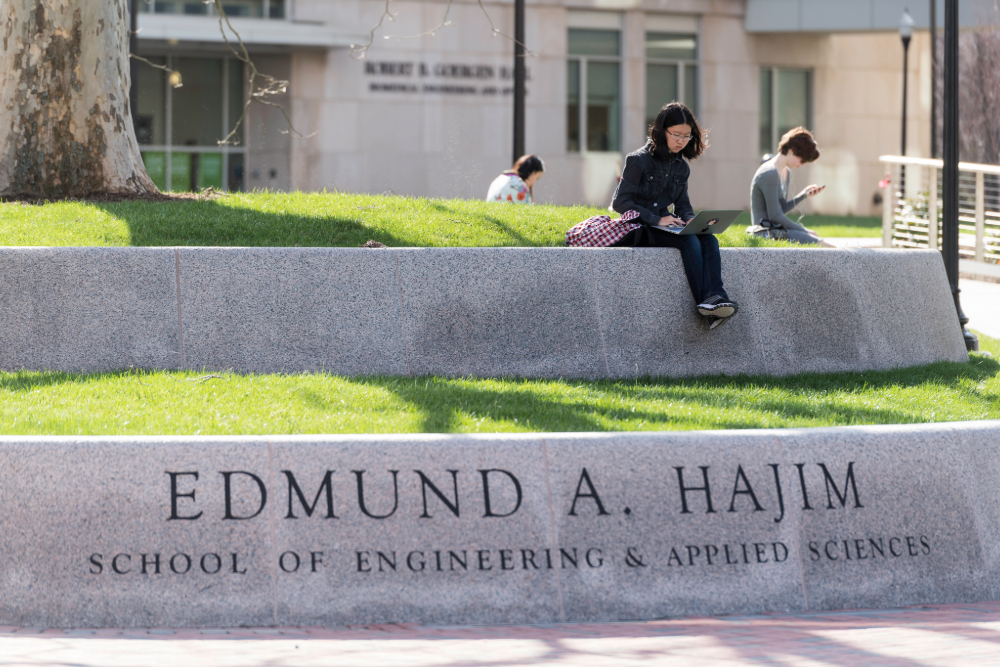Overview

The Department of Chemical Engineering at the University of Rochester educates students in the basic sciences, technologies, tools, and materials that benefit all aspects of modern society. The department’s six core research areas in biomedicine and biotechnology, catalysis and electrochemistry, energy and sustainability, micro- and nanosystems, polymeric materials, and simulations and artificial intelligence are carried out through the lens sustainability for improving humanity.
We are a close-knit community. Faculty know all the students by name and are deeply invested in their success. Past graduates of our program have obtained employment in a wide variety of industries, including S&P 500 companies, government positions, and academia.
At the University of Rochester, you can start or continue your education in chemical engineering. We offer the following degree programs:
Our ABET-accredited undergraduate program allows students to forge deep intellectual connections between the basic sciences, math, and fundamental engineering principles. We offer:
- Guaranteed research experience in a faculty-led laboratory for all students for either pay or credit (including access to the Eisenberg Summer Research Fellowship)
- Streamlined access to a 5-year BS/MS program with a substantial tuition discount
- Student-to-faculty ratio of 7:1
- Minor in chemical engineering and interdepartmental minor in environmental engineering
At the graduate level, we offer MS and PhD programs in chemical engineering, with concentrations at the MS level in bioengineering, computational modeling and machine learning, and sustainability and the environment. Graduate students conduct research in one of 13 faculty research groups at the cutting edge of:
- Biomedicine and biotechnology
- Catalysis and electrochemistry
- Energy and sustainability
- Micro- and nanosystems
- Polymeric materials
- Simulations and artificial intelligence
Our faculty hold affiliations in the School of Medicine and Dentistry, the Goergen Institute for Data Science and Artificial Intelligence, the Materials Science Program, and the Laboratory for Laser Energetics.
